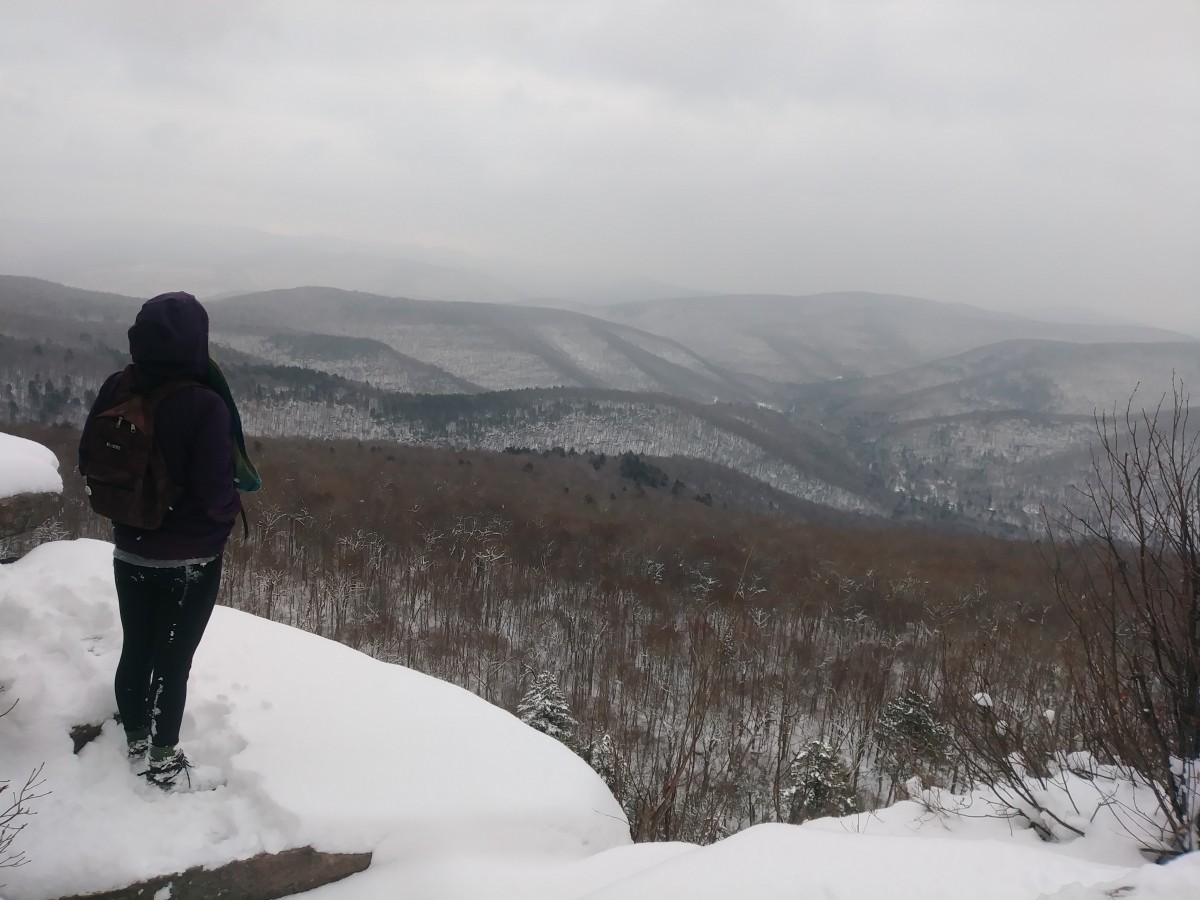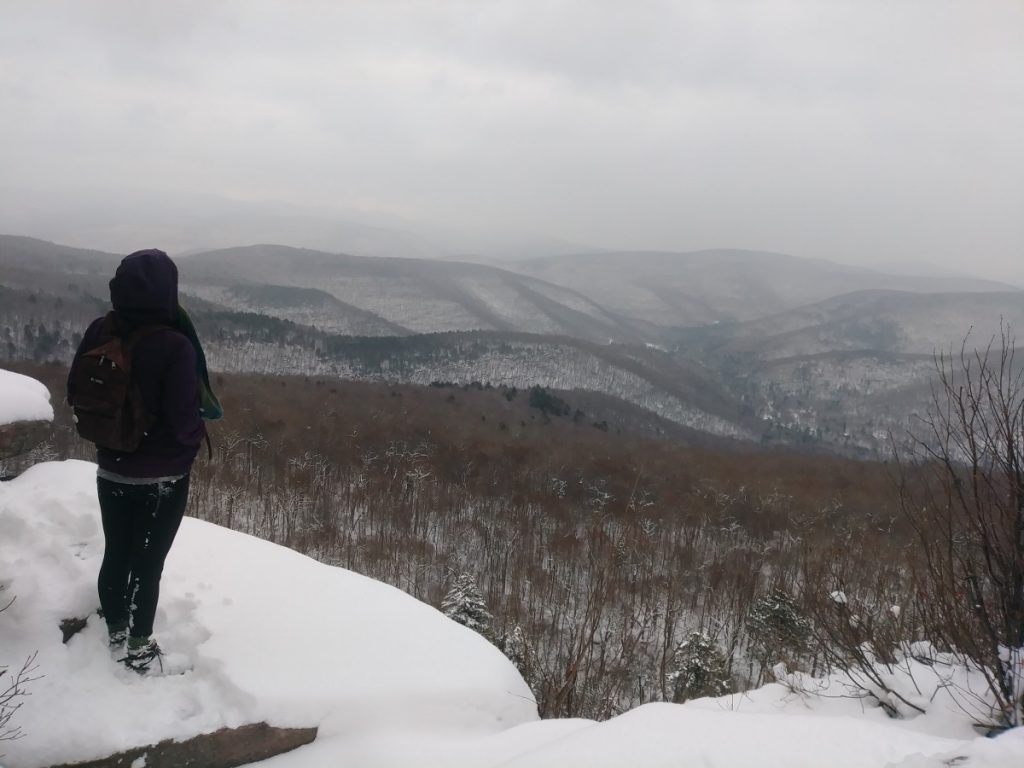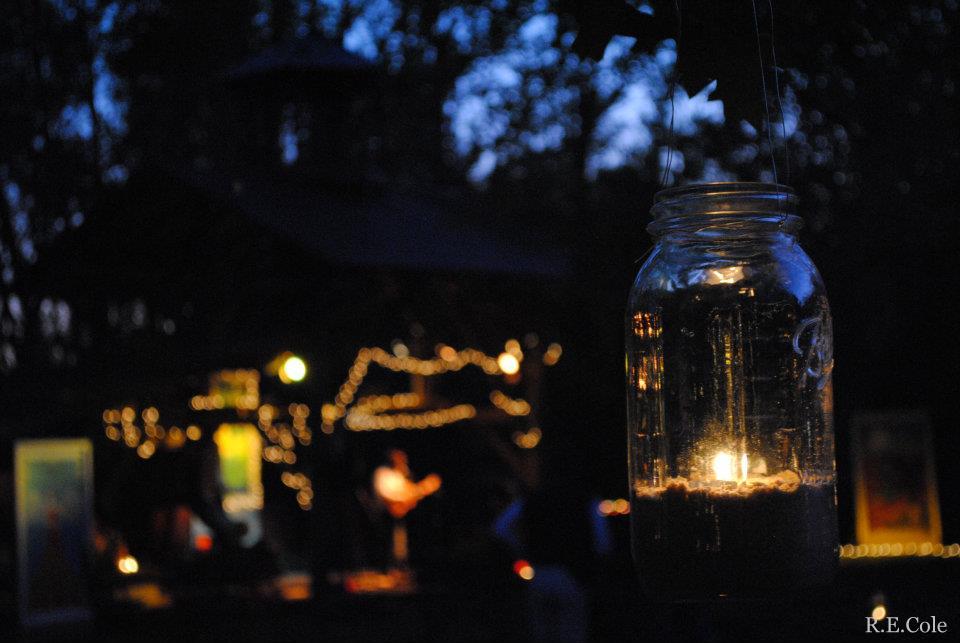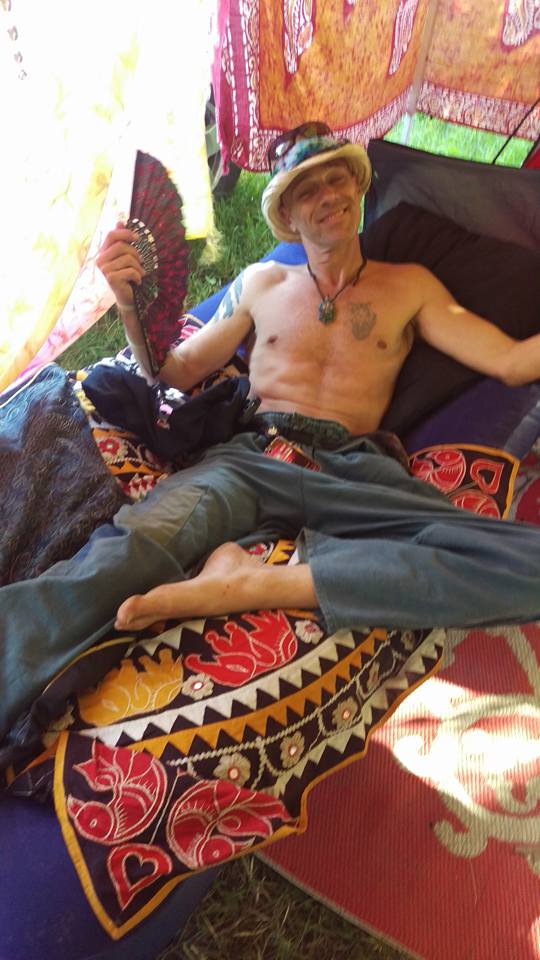By Katie Clayton
The Catskill Mountains lie in southeastern New York in the beautiful Hudson Valley. It is comprised of over 700,000 acres and is part of New York’s Forest Preserve. The region became notably popular in the late 60’s and early 70’s; the Woodstock Music Festival playing a rather pivotal role in this due to the influx of people that the gathering brought to the area. The Catskills have had their fair share of publicity throughout the last few decades but what I have found is that you cannot truly understand all that these mountains hold without seeing them for yourself.
Having grown up with the Catskills practically in my backyard it wasn’t until almost a year ago that I really started exploring the mountains. By August of 2017 I had deemed myself a true “peaker”, making my way through the list of hikes that were above 3500 feet in elevation. I came to discover that this was a goal that was sought after by many. Much like clubs such as the 49’ers out in Colorado the Catskill 3500 Club was founded with the idea of fostering interest in hiking in the Catskills. Anyone that has hiked all 35 of the Catskills high peaks (3500 ft or more) is eligible to join. At the rate I was going I was sure I could accomplish this by the end of the summer. Upon further mountain nerding I realized that in addition to hiking all 35 peaks you also have to go back and hike 4 of them again in the winter.
Initially, I thought that this was an entirely different kind of outdoor enthusiasm that I could not take part in. I am a sun worshipping, summer lover, through and through. Much like the black bears that can be found traipsing through this region from time to time I also believe that winter is for hibernating. However, the more I spoke to fellow hikers the more intrigued I became. Not a single person had anything negative to say about winter hiking. In fact, many waited all year for good old Upstate NY winter to roll in so that they could take to the mountains in all of their snow covered glory. Apparently you hadn’t lived until you hiked the Catskills in the winter.
“Winter hiking” is considered any hike that is done between December 21 – March 21. To me winter is considered any type of snow accumulation. So on December 11th right after the first snowfall I took to the mountains to see what all the fuss was about. One of the peaks that is required to be hiked in the winter is Panther Mountain. This has by far been my favorite hike within the Catskills. It is traversed by Giant Ledge which is a series of absolutely remarkable ledges that give you some of the best views throughout your 6.9 mile round trip excursion. With a 2,114 ft gain in elevation it is labeled as number 18 on the high peak list peaking at 3,719ft at the top of Panther. This was my chosen destination, my thoughts being that even if I ended up hating it at least there’d be a killer view.
The ascent to Giant Ledge isn’t extremely difficult. Even in the winter it is a pretty heavily trafficked climb so the path is very well worn. There is also a stone staircase that you walk up for a good portion of the initial climb, which makes things a lot easier as well. After the first 1000 ft. in elevation gain the trail opens up and you are soon consumed by nothing but the sweet smell of balsam firs. While this is also true in the summer, there was something about a snow covered forest and that smell that made the experience even more welcoming, a friendly greeting from the keepers of the peak.
Initially my biggest fear was that I was going to freeze. But with some good insulation and layers it was actually very refreshing to have the cold winter air on your face. I found that it also really helped maintain a steady breath, something that is absolutely crucial when hiking any prolonged distance, especially as the terrain and elevation increases. One thing that I wasn’t well prepared for and that I went into knowing would probably be my biggest issue was not having solid traction with my shoes. There was a lot of slipping and sliding going on, specifically on my decent. A good fix to this is investing in ice grips, which I have since done. They slide right over your boot or hiking shoe and provide that extra grip that hiking in the snow requires.
On this particular climb I ended up turning around at Giant Ledge, not because I didn’t want to continue to Panther but mostly due to the early sunset that winter brings. Starting my hike around 3pm (a typical summer hour since its right after the hottest point in the day) was not a good idea when it gets dark by 430pm in the winter months. Had I started earlier in the day and had the ice grips there is no doubt in my mind that I would have continued. Come to find out traipsing around in the snow isn’t as bad as I thought. The snow and the cold really do bring out an entirely different element to hiking that is both challenging and rewarding.
The beauty that these mountains hold is undeniable. Even with the absence of color that the Catskills are most commonly known for, fall being one of the busiest times for “leaf peeping”; the hues of black and white that cascade over these rolling giants is like a high definition monochrome picture for your eyes. The silence that the snow brings to the forest is another subtle yet distinct change that heightens your senses on an entirely different level. For bird watchers it is an excellent chance to catch glimpses of cardinals perched in leafless trees, sticking out like a sore thumb in an otherwise white world.
In the coming weeks I intend to return to Giant Ledge/Panther Mountain as well as the other 3 peaks that I have yet to climb. While I’m sure that winter hiking is not for everyone, I would encourage those that are interested even in the slightest to give it a try. For my fellow summer lovers, it is a great way to stay active in what can otherwise be a fairly dormant time of the year. As for exploring the Catskills, simply pick a season and they will without a doubt become one of your favorite hiking destination that the East Coast has to offer.








